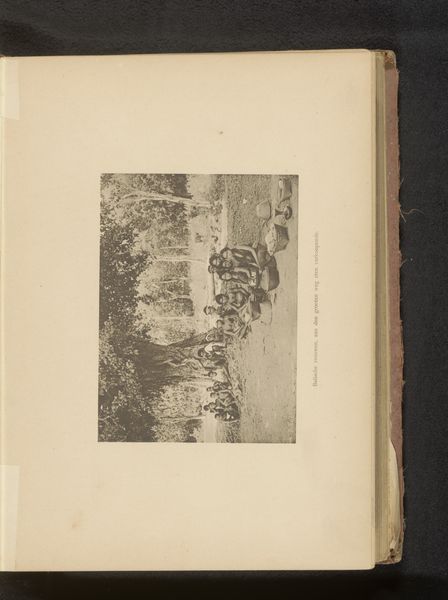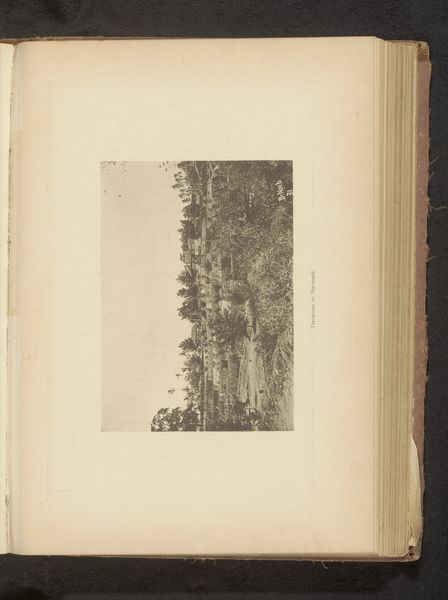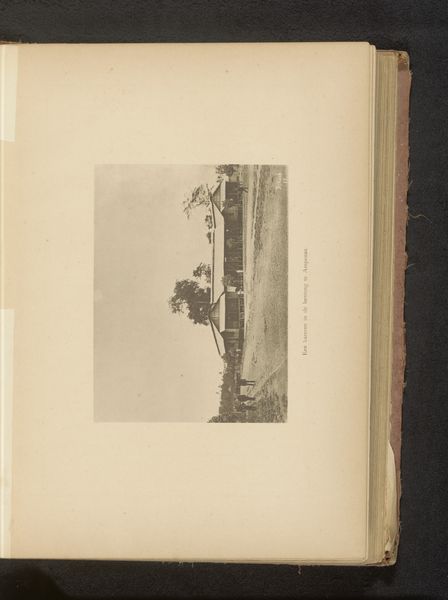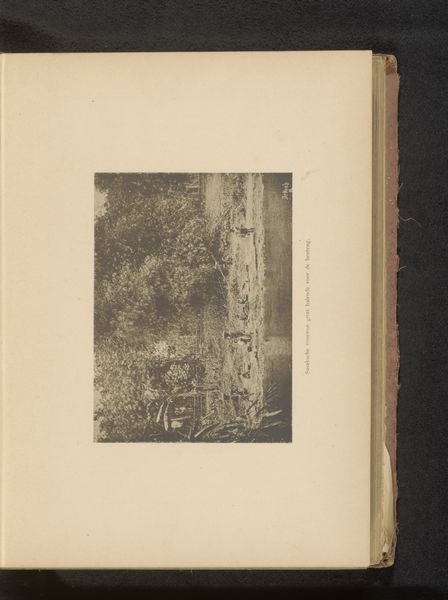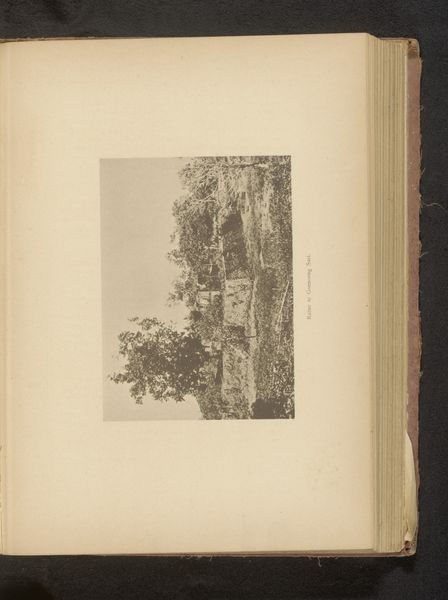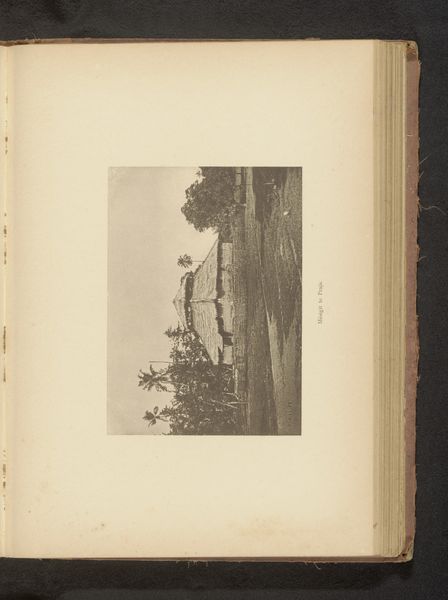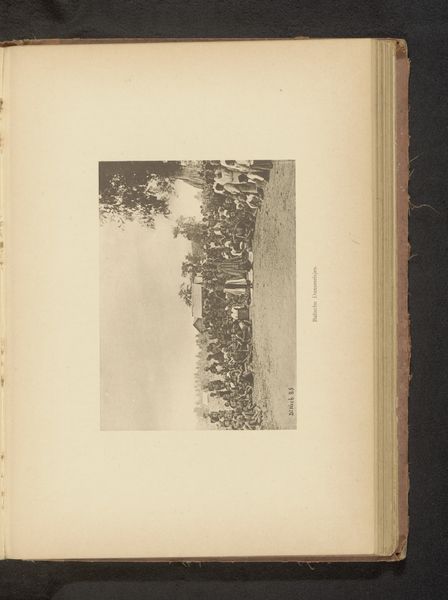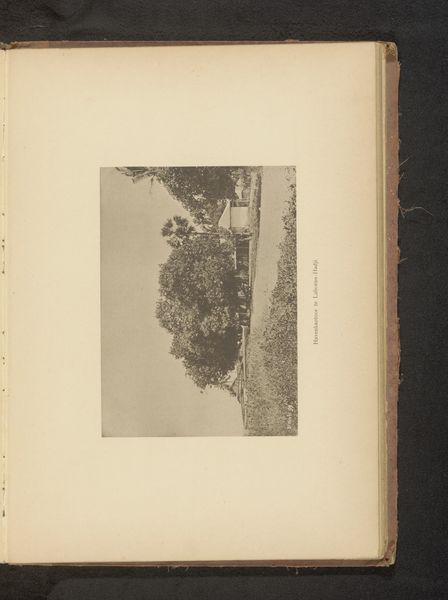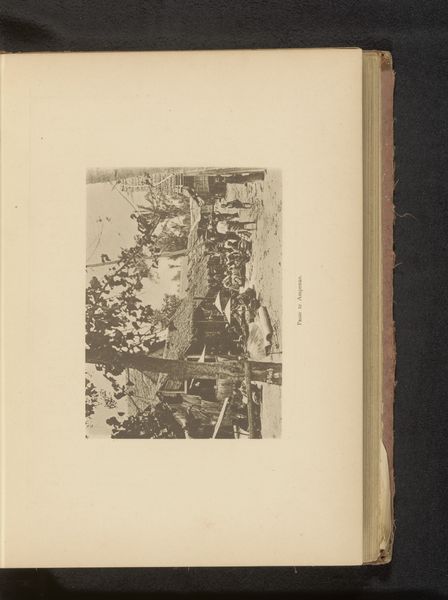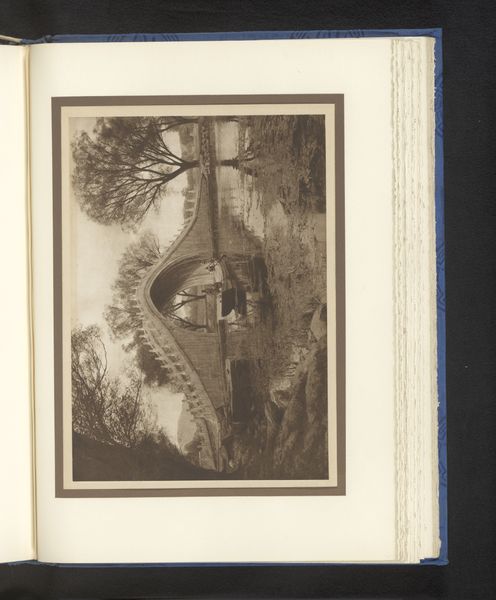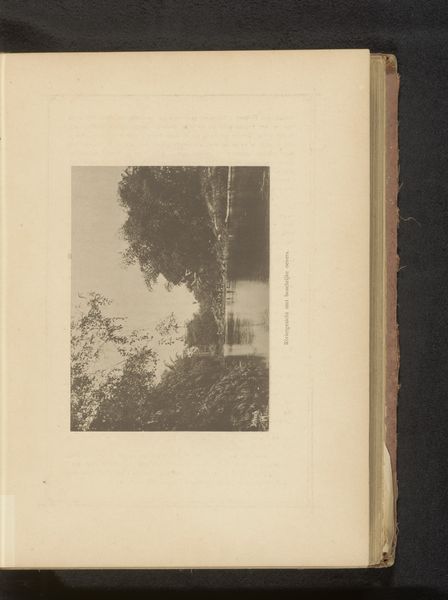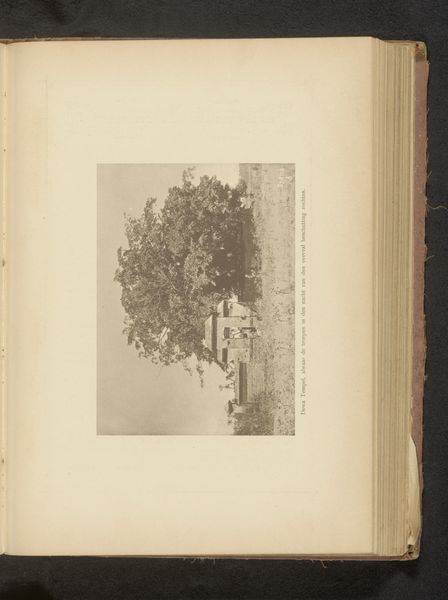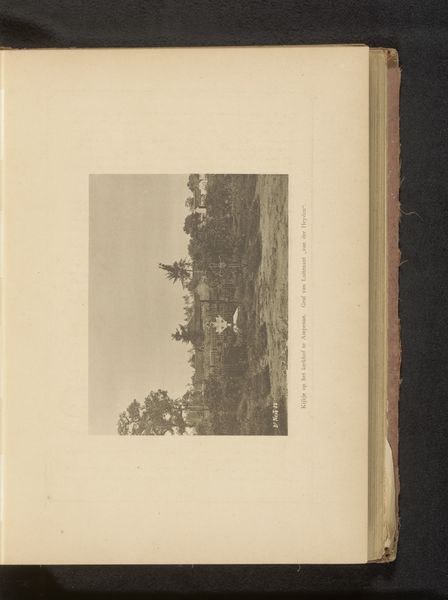
drawing, paper, ink
#
drawing
#
dutch-golden-age
#
landscape
#
paper
#
ink
Dimensions: height 119 mm, width 168 mm
Copyright: Rijks Museum: Open Domain
Curator: Looking at this piece, titled "Gezicht op een huis en omheining," or "View of a house and fence," created by Christiaan Johan Neeb before 1897, I'm struck by how ordinary yet carefully constructed it is. Editor: It feels almost ghostly. The monochromatic palette lends a real sense of distance. Like peering into a faded memory. What materials did Neeb use here? Curator: He worked with ink on paper, which seems appropriate for the subject matter and period. This was before photography was as widespread, so these detailed drawings were key for documentation. It captures not only the visual layout, but a sense of how these rural settings were being perceived and, potentially, altered by encroaching modernity. Editor: I like that the fences appear so deliberately constructed, yet kind of temporary. It gives the drawing a lovely balance of permanence and impermanence, doesn't it? Like society itself – always in flux. The use of ink adds such wonderful texture to the rendering of the wood and the surrounding foliage, grounding us in the specific details of that landscape. Curator: Yes, consider that this Dutch Golden Age-style landscape wasn't just aesthetic exercise; it could be considered a document of land use, property definition, and, in a broader sense, of control. The fence symbolizes that boundary, the imposition of human will on the natural world. What was enclosed, what was kept out – all speak to underlying power dynamics. Editor: I agree; and that spindly young tree off to the left! I wonder if its slenderness is indicative of hope or resilience. Like, no matter the constructed boundaries, life still finds a way? Maybe I’m being a touch too romantic, though… Curator: Not necessarily! The artist carefully positioned that sapling to counterpoint the solid structure of the fence and the dwelling. The material reality meets symbolic resonance – each supporting and enhancing the other, allowing for these interpretations. Editor: I suppose, from my standpoint, that the house exudes tranquility, a secluded existence from within which its residents probably found refuge and some independence. Curator: Precisely. This work embodies that intersection. It showcases the materiality of everyday life, of labor, and ownership interwoven with aesthetic sensibilities, personal perspectives and dreams. Editor: A beautifully understated yet telling look into another time. Curator: Indeed; a humble view containing so many complexities, ready to reward the observant visitor.
Comments
No comments
Be the first to comment and join the conversation on the ultimate creative platform.
